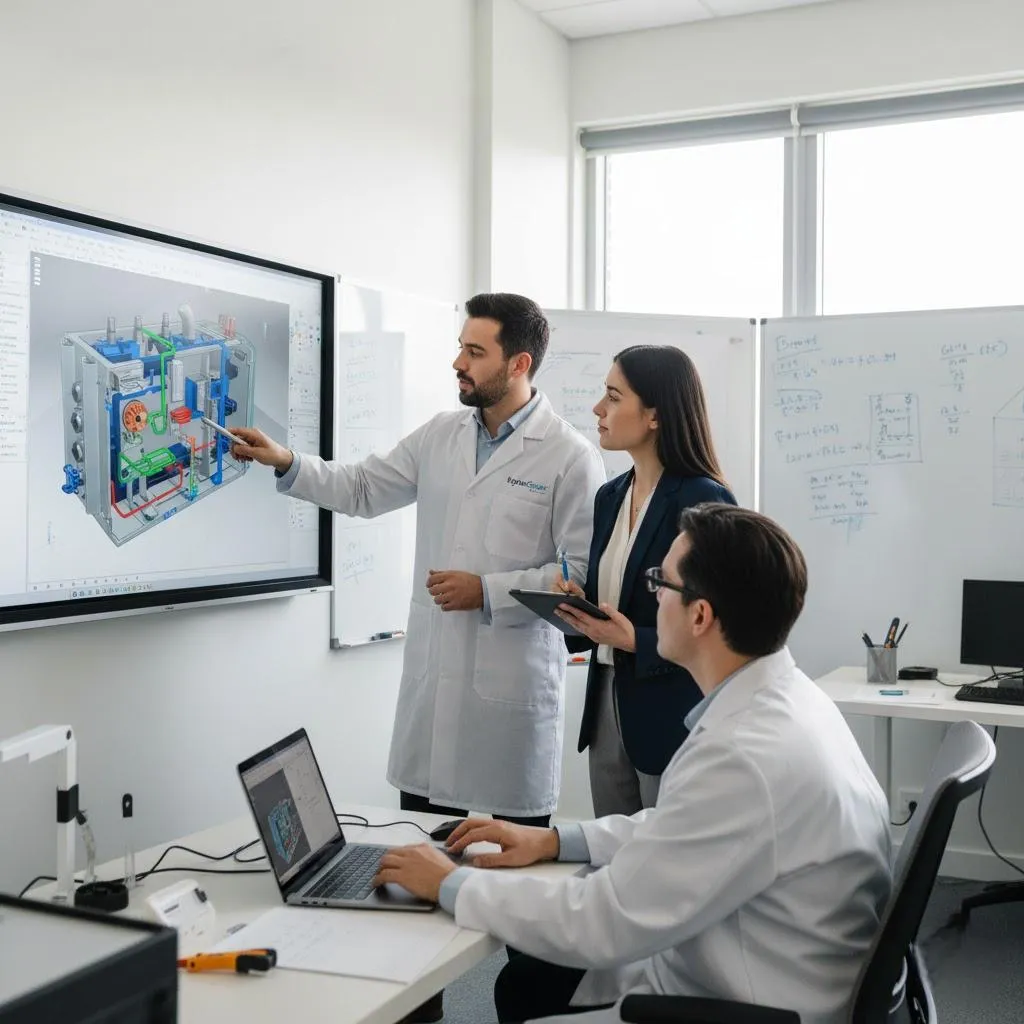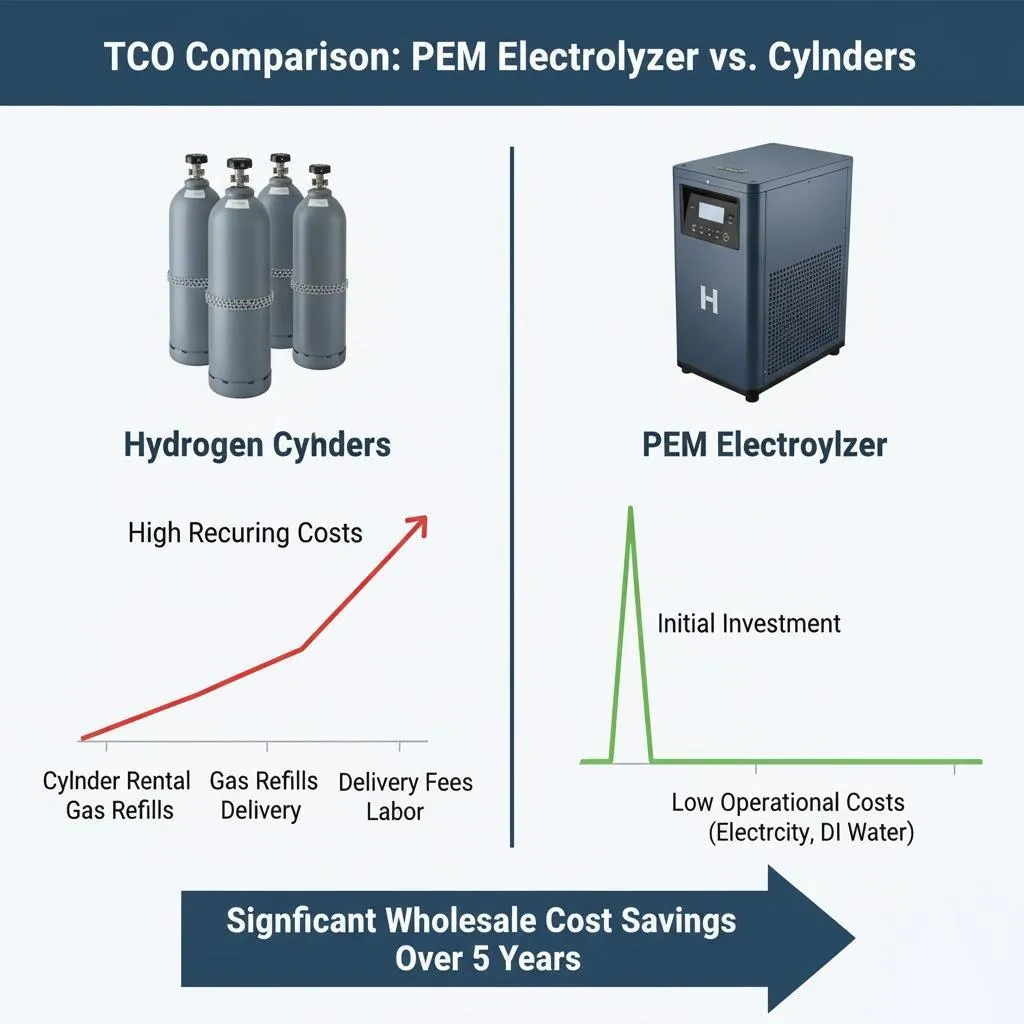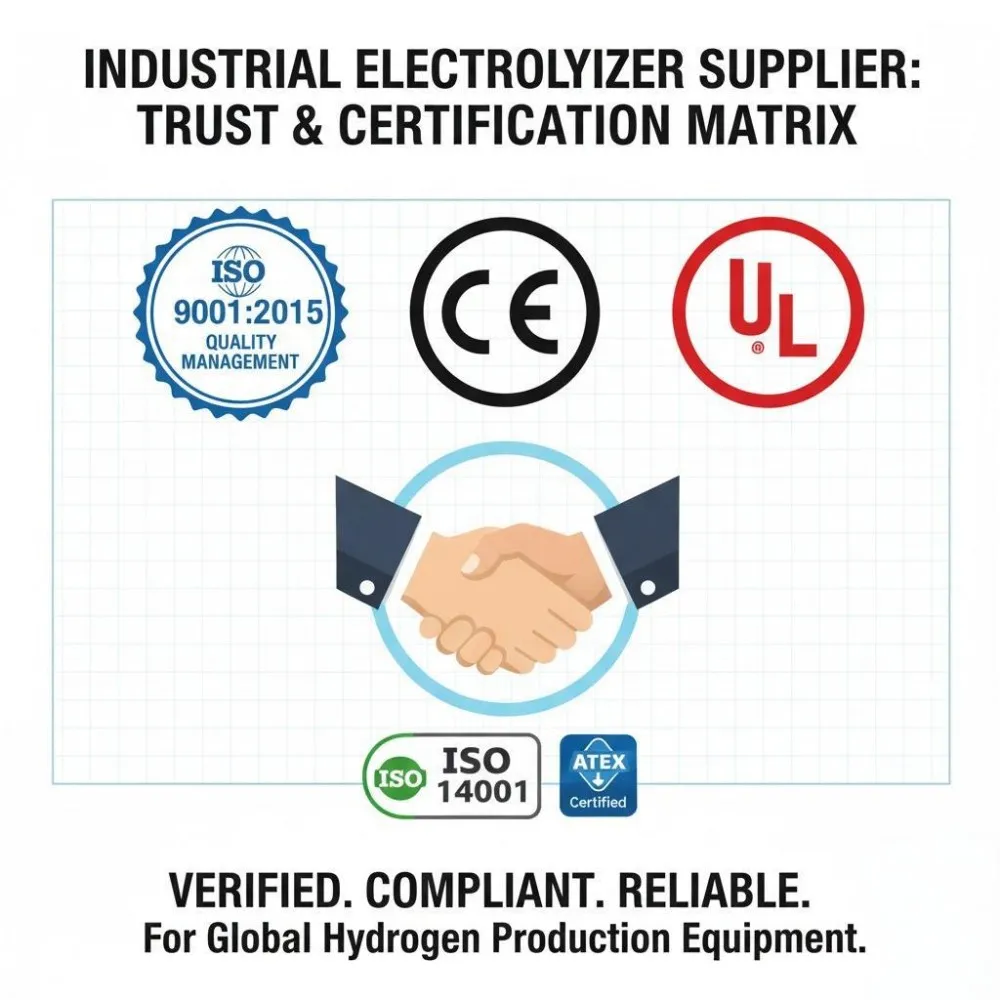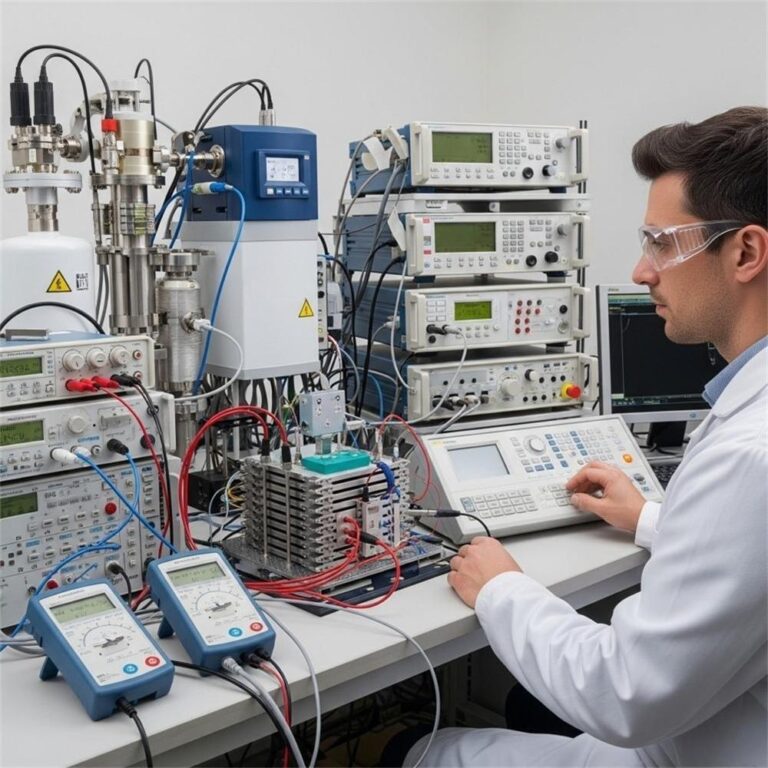Introduction
The electrolysis of water experiment is a fundamental scientific procedure that not only demonstrates key principles of chemistry but also serves as a gateway to understanding renewable energy sources. By splitting water into hydrogen and oxygen using electrical energy, this experiment highlights the potential for clean fuel production. In this guide, we will explore the theoretical background, practical setup, safety considerations, and applications of this experiment.
Understanding Electrolysis
Electrolysis is a chemical process that uses electricity to drive a non-spontaneous reaction. In the case of water electrolysis, an electric current is passed through water (H₂O), causing it to decompose into its constituent elements: hydrogen (H₂) and oxygen (O₂). The overall reaction can be represented as follows:
$$ 2H_2O(l) \rightarrow 2H_2(g) + O_2(g) $$
2H2O(l) -> 2H2(g) + O2(g)
The Role of Proton Exchange Membranes (PEM)
In modern electrolysis systems, particularly in Proton Exchange Membrane (PEM) electrolyzers, a specialized membrane separates the anode and cathode. This membrane allows protons to pass while blocking gases, enhancing efficiency and safety. The PEM facilitates the following reactions:
- At the Anode: Water is oxidized to produce oxygen gas, protons, and electrons.
$$ 2H_2O \rightarrow O_2 + 4H^+ + 4e^- $$
2H2O -> 4H+ + O 2 + 4e–
- At the Cathode: Protons combine with electrons to form hydrogen gas.
$$ 4H^+ + 4e^- \rightarrow 2H_2 $$
4H+ + 4e– -> 2H2
Setting Up the Experiment
Materials Needed
- Electrolytic Cell: A container to hold water and electrodes.
- Electrodes: Typically made from conductive materials like platinum or carbon.
- Power Supply: A DC power source to provide electricity.
- Water: Distilled or deionized water is preferred for purity.
- Electrolyte: A small amount of salt or acid (like sulfuric acid) can be added to improve conductivity.
Step-by-Step Procedure
- Prepare the Electrolytic Cell: Fill the container with distilled water and add a small amount of electrolyte.
- Insert Electrodes: Place the electrodes into the cell without them touching each other.
- Connect Power Supply: Attach wires from the power supply to each electrode.
- Start Electrolysis: Turn on the power supply and observe gas bubbles forming at both electrodes.
- Collect Gases: Use inverted test tubes or gas collection bags to capture hydrogen and oxygen gases produced.
Safety Precautions
- Always wear safety goggles and gloves when handling chemicals.
- Ensure proper ventilation when conducting the experiment to avoid gas buildup.
- Handle electrical equipment with care; avoid contact with water.
Observations and Results
During the experiment, you should observe:
- Bubbles forming at both electrodes (hydrogen at the cathode and oxygen at the anode).
- The volume of hydrogen produced will be approximately double that of oxygen due to their molar ratio in water.
Analyzing Results
To analyze your results:
- Measure the volume of gas collected over a set period.
- Calculate the efficiency of your setup by comparing theoretical yields with actual measurements.
Applications of Water Electrolysis
The electrolysis of water has several significant applications:
- Hydrogen Production: Hydrogen generated can be used as a clean fuel source in fuel cells.
- Oxygen Generation: Oxygen produced can be utilized in medical applications or industrial processes.
- Renewable Energy Integration: Electrolyzers can work in conjunction with renewable energy sources like solar or wind power to create sustainable energy systems.
Conclusion
The electrolysis of water experiment is not only an engaging educational activity but also a critical process in advancing renewable energy technologies. By understanding how this process works and its implications for sustainable energy production, students and enthusiasts alike can appreciate its significance in today’s world.
Further Exploration
For those interested in diving deeper into electrolysis technology:
- Explore advancements in PEM electrolyzer design for increased efficiency.
- Investigate real-world applications in industries such as transportation and power generation.
By conducting this experiment and understanding its underlying principles, you contribute to a broader conversation about sustainable energy solutions for our future.







